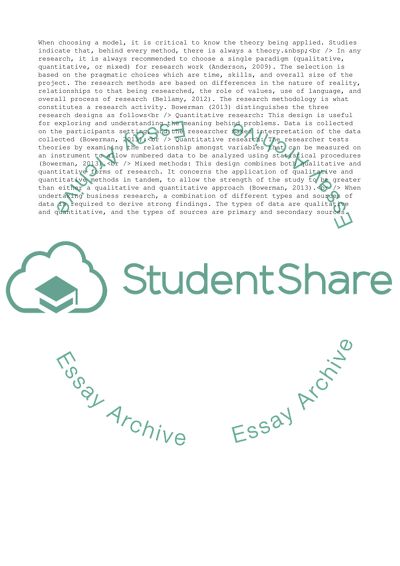Cite this document
(Understanding Business and Management Research Methods Term Paper - 1, n.d.)
Understanding Business and Management Research Methods Term Paper - 1. Retrieved from https://studentshare.org/business/1680191-understanding-business-and-management-research-methods
Understanding Business and Management Research Methods Term Paper - 1. Retrieved from https://studentshare.org/business/1680191-understanding-business-and-management-research-methods
(Understanding Business and Management Research Methods Term Paper - 1)
Understanding Business and Management Research Methods Term Paper - 1. https://studentshare.org/business/1680191-understanding-business-and-management-research-methods.
Understanding Business and Management Research Methods Term Paper - 1. https://studentshare.org/business/1680191-understanding-business-and-management-research-methods.
“Understanding Business and Management Research Methods Term Paper - 1”. https://studentshare.org/business/1680191-understanding-business-and-management-research-methods.


